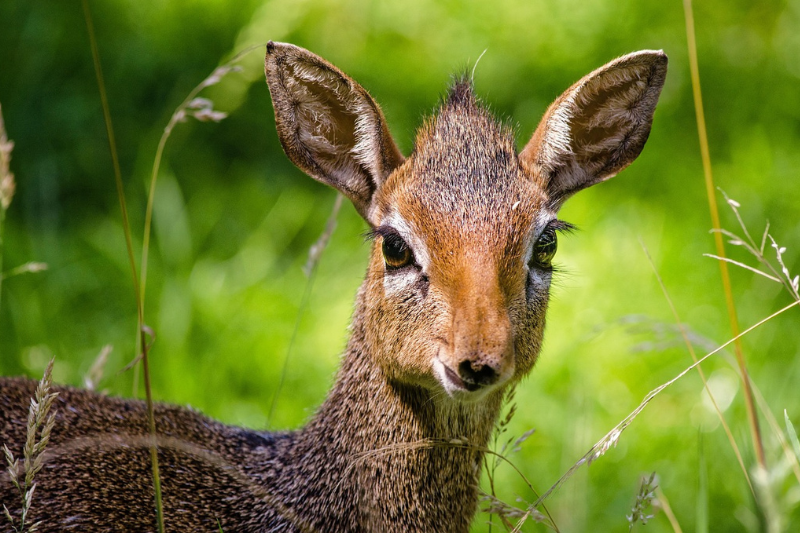Interesting Facts About the Dik-Dik: Dik-diks are some of the most fascinating and adorable Facts antelopes found in Africa. These tiny creatures, standing just 12-16 inches tall, are known for their large eyes, distinctive tear marks, and incredible survival skills. Despite their small size, dik-diks have unique adaptations that help them evade predators, regulate body temperature, and thrive in dry environments without needing much water. In this blog post, we’ll explore amazing dik-dik facts, from their monogamous nature to their high-speed escapes. Keep reading to uncover some of the most interesting facts about these miniature antelopes!
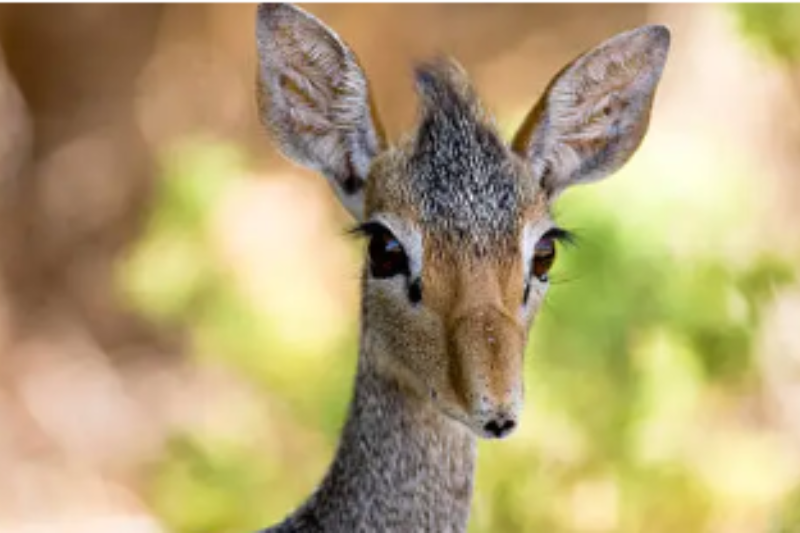
Dik-diks are antelopes, a diverse group of hoofed mammals known for their elegant appearance and fast movement.
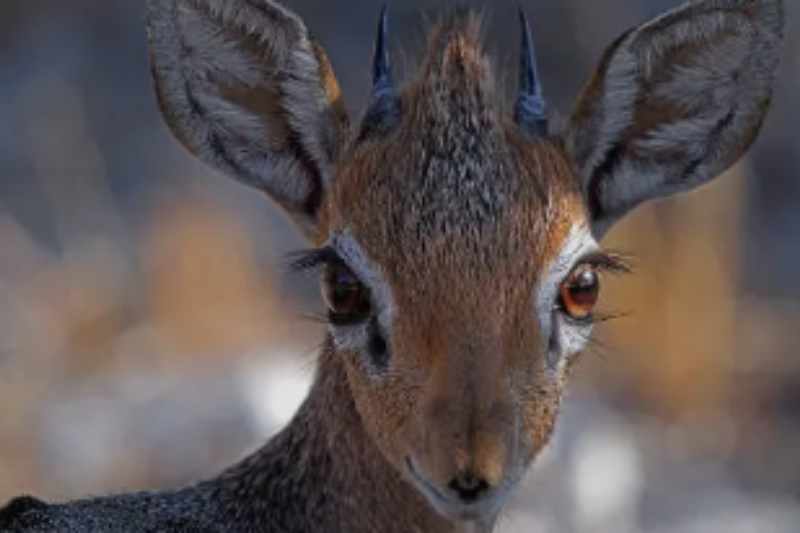
They only stand 12 to 18 inches (30 to 45 centimeters) tall at the shoulder, depending on the species of dik-diks.
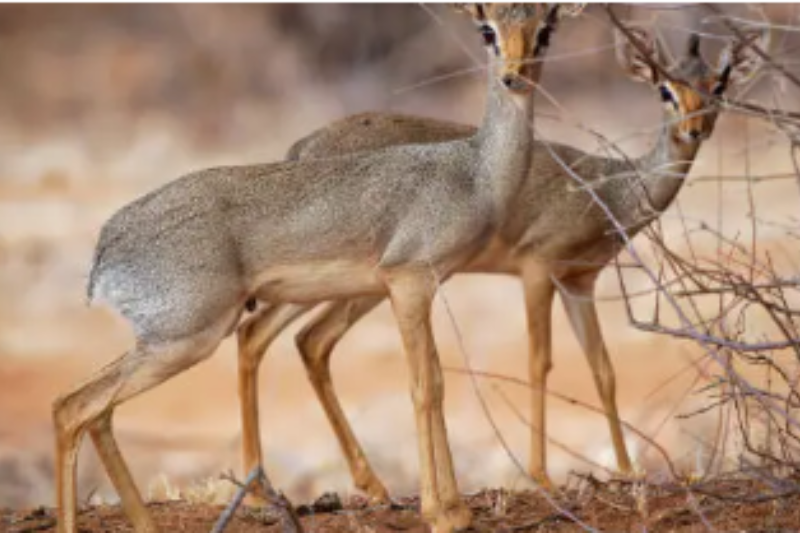
There are four species of dik-diks: Günther’s dik-dik, Kirk’s dik-dik, Salt’s dik-dik, and Silver dik-dik.
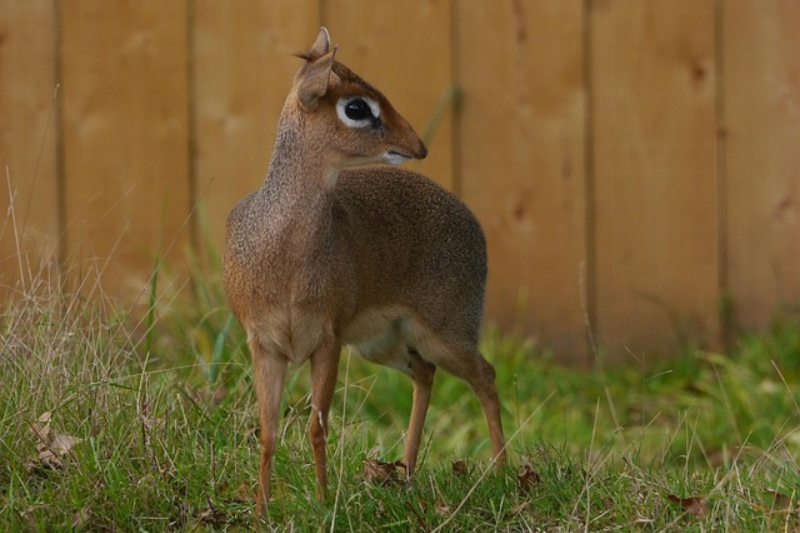
Among the four species of dik-diks, Kirk’s dik-dik is the largest.
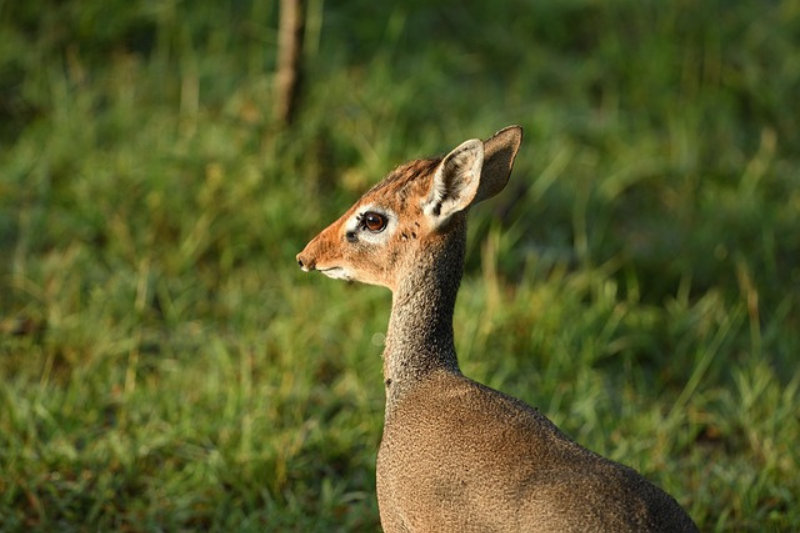
Male dik-diks have horns that grow up to 3 inches (7.6 cm) long. Female dik-diks, on the other hand, don’t have any horns.
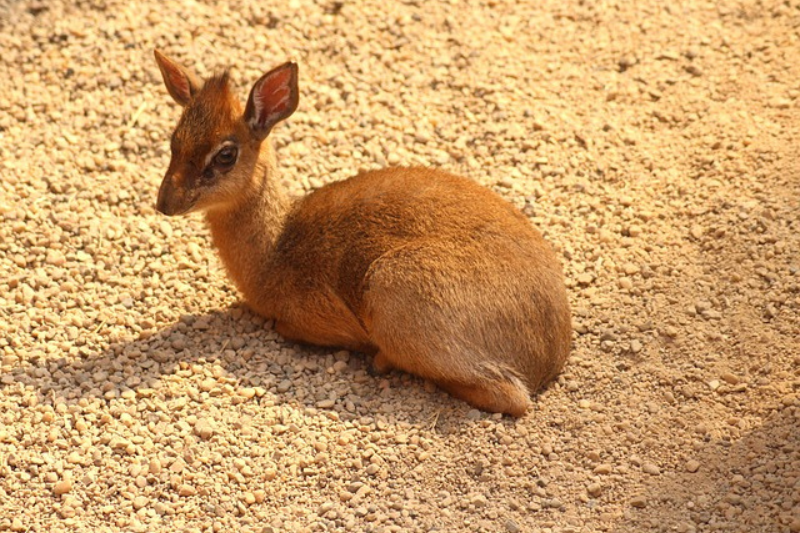
The dark spots below the eyes of dik-diks contain preorbital glands, which they use to scent-mark their territories.

Another way dik-diks mark their territories is by using their dung and pee. Dik-diks reach maturity at just seven months old. Once mature, their parents kick them off their territory.
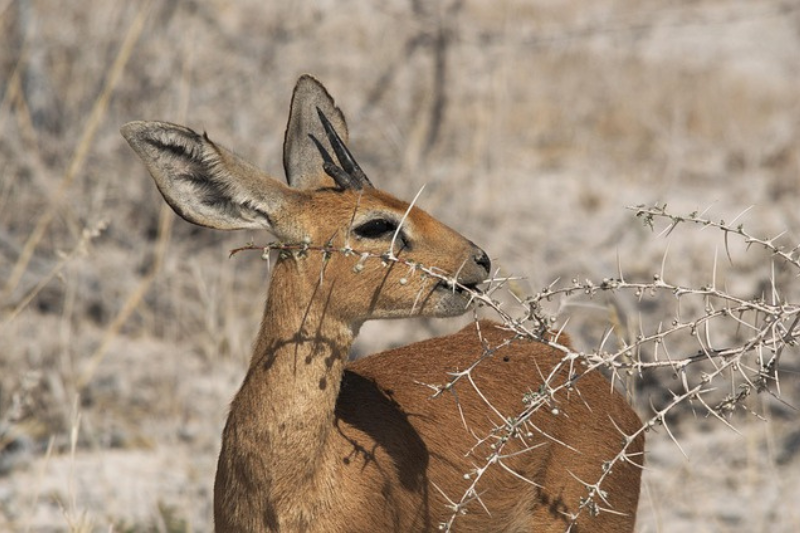
In 1965, an Italian pop band named “Dik Dik” was formed. Their name comes from the sound these small antelopes make with their noses when sensing danger, which serves as a warning to other dik-diks and nearby animals. While many describe the sound as “dik-dik,” some hear it as “zik-zik.”
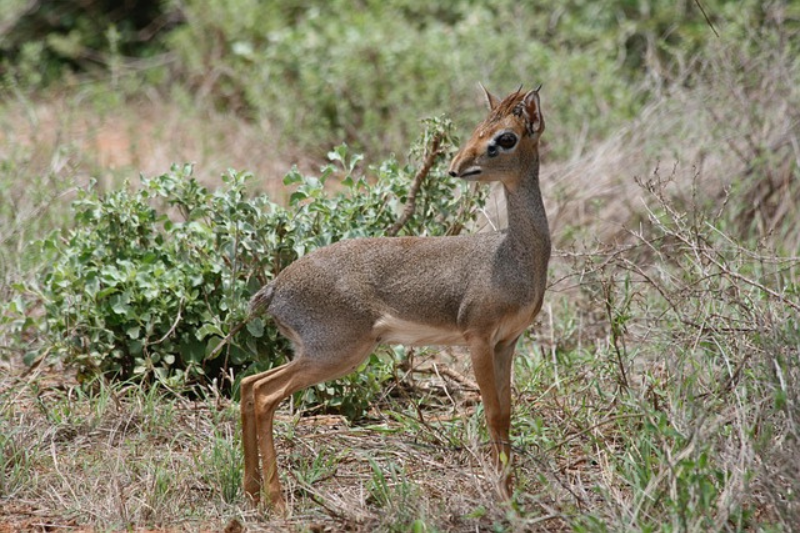
In 2021, authorities in Kenya arrested two men for poaching in Kajiado County. They were found in possession of approximately 396 pounds (180 kilograms) of zebra and dik-dik meat.
You May Like: 10 Interesting Facts About the Jerboa
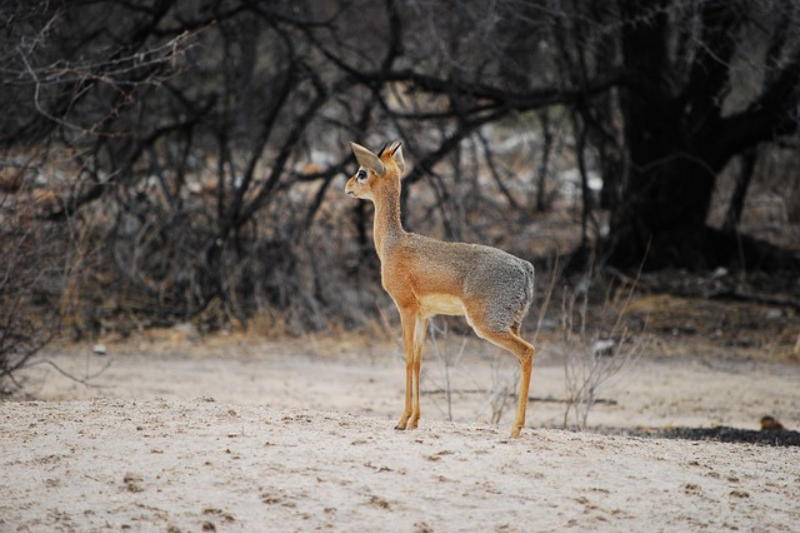
Dik-diks have elongated snouts that they can use to help cool themselves down, which they only use when the temperature is over 104 °F (40 °C).

They also don’t need to drink water, as the amount of water they get from their diet is already enough.
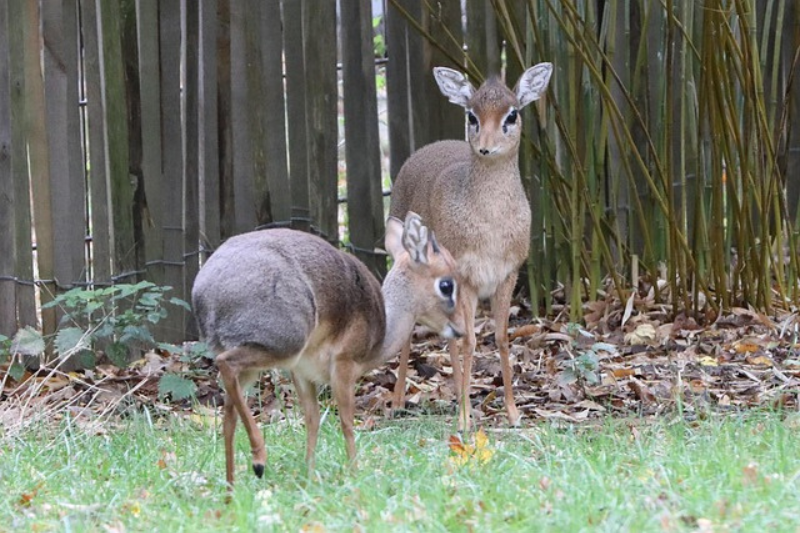
Dik-diks reside in eastern and southern Africa. You can see them in countries such as Somalia, Kenya, and Tanzania.
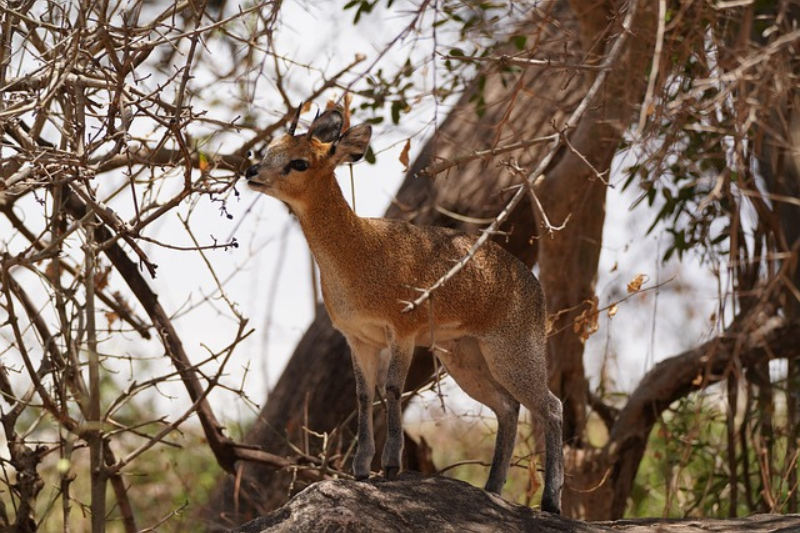
There’s a card game involving dik-diks called “Don’t Be a Dik Dik.” You lose if you end the game holding the Dik Dik card – the loser then has to shout, “I’m a Dik Dik!”

Dik-diks run in a zigzag pattern when trying to escape predators like eagles, lions, and humans.
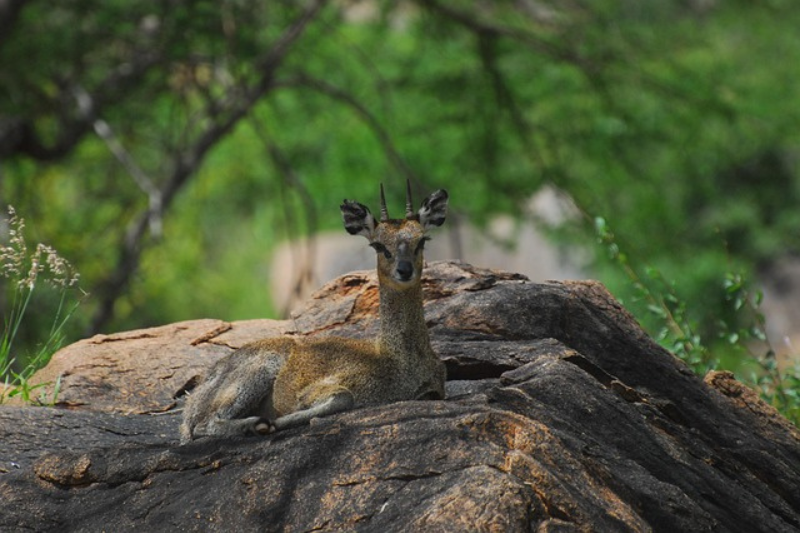
These tiny antelopes have the ability to run as fast as 26 miles per hour (42 kilometers per hour).
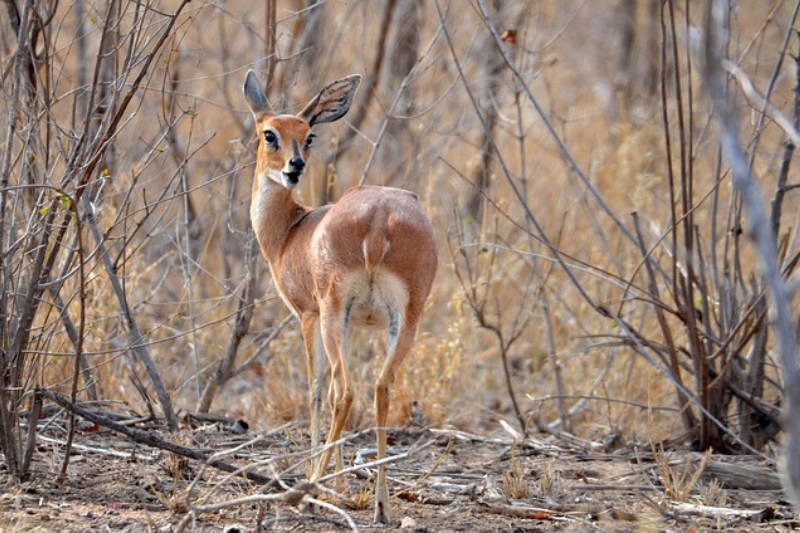
They’re herbivores that often eat foliage, shoots, fruit, and berries. They also consume acacia leaves, shrubs, and sometimes grass.
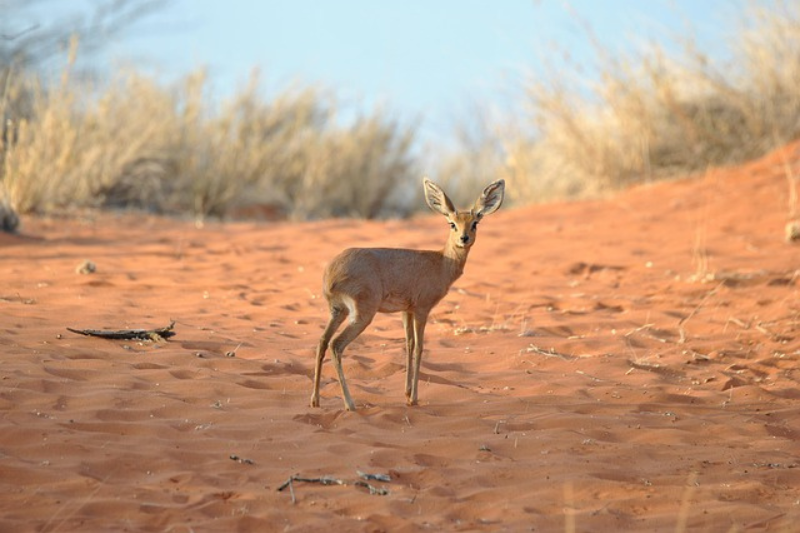
The horns of male dik-diks are often used to create keychains. Unlike many antelope species that live in herds, dik-diks form lifelong monogamous pairs.
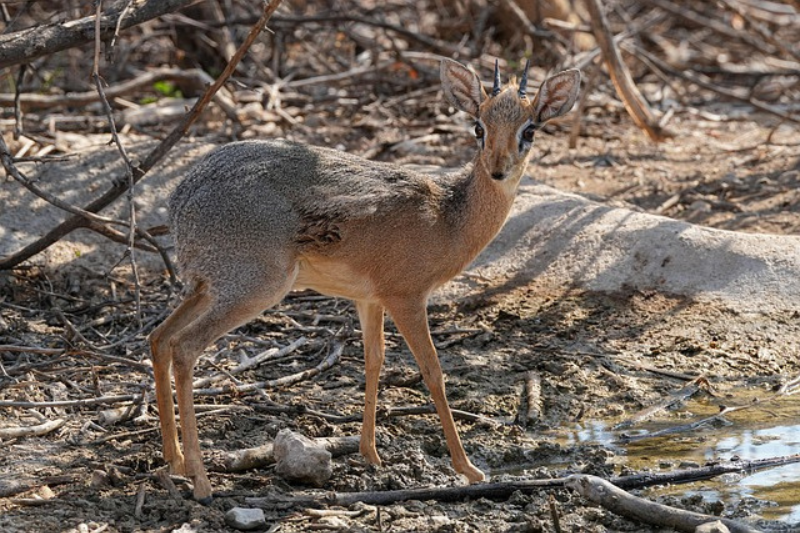
Female dik-diks can have up to two offspring per year as they’re only able to give birth to one calf per gestation period, which lasts around 5 to 6 months.
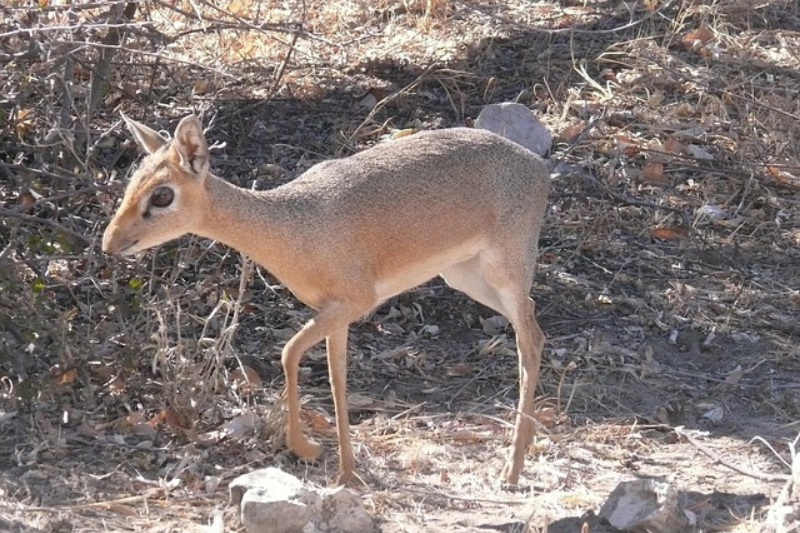
The lifespan of dik-diks in the wild can range from 5 to 10 years. Those in captivity, though, can grow as old as eighteen.
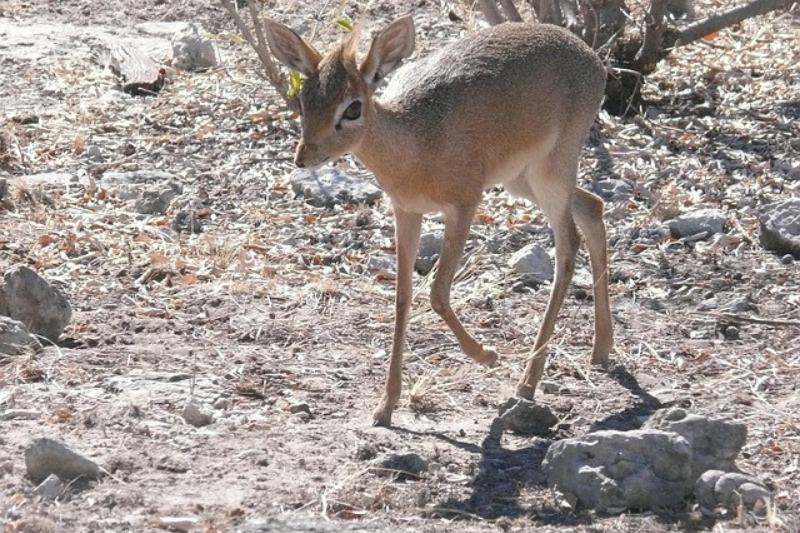
Dik-diks practice a digestive process called “chewing the cud,” where they regurgitate and re-chew their food to improve digestion. Being nocturnal also helps them minimize water loss and stay hydrated in their dry habitats.
